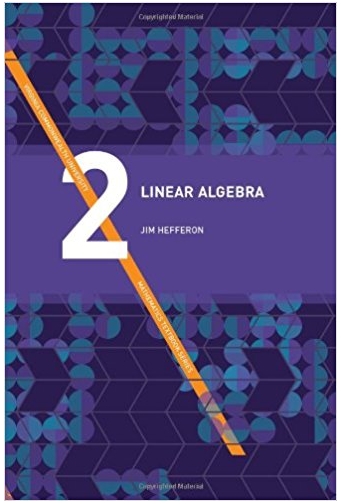Here is a model of some kinds of learning The learner starts in an undecided state sU.
Question:
(a) Construct the transition matrix.
(b) Take p = 0.25 and take the initial vector to be 1 at sU. Run this for five steps. What is the chance of ending up at sA?
(c) Do the same for p = 0.20.
(d) Graph p versus the chance of ending at sA. Is there a threshold value for p, above which the learner is almost sure not to take longer than five steps?
Fantastic news! We've Found the answer you've been seeking!
Step by Step Answer:
Related Book For 

Question Posted:





